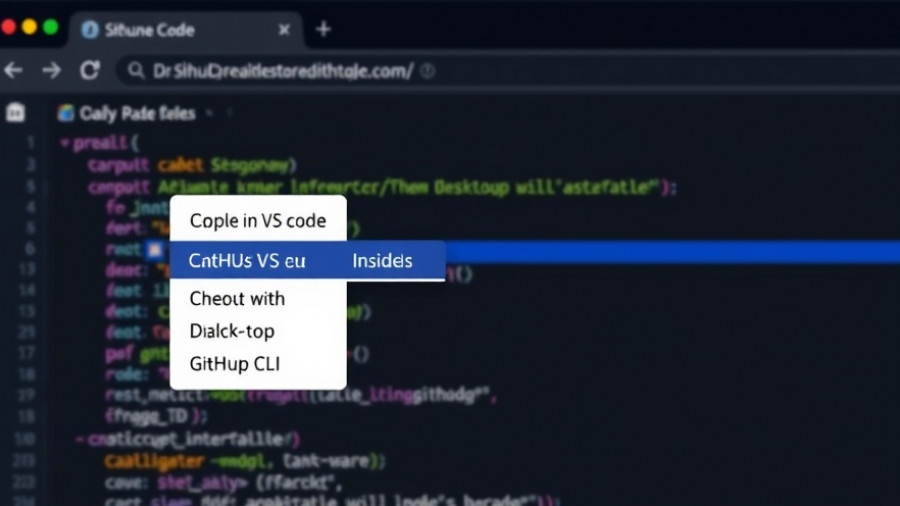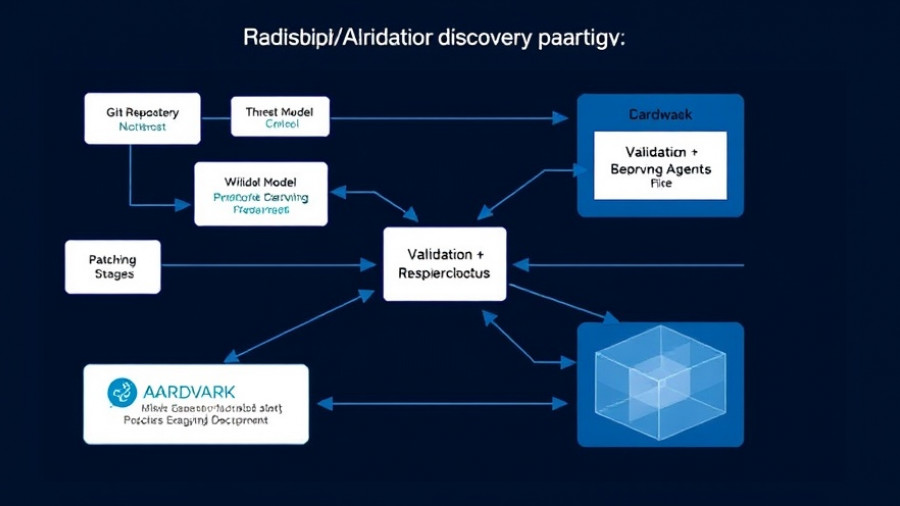
Understanding the Rise of AI Agents as Cybersecurity Threats
The emergence of AI agents presents both remarkable opportunities and unprecedented challenges in the realm of cybersecurity. As outlined by Dr. Ilia Shumailov, a former DeepMind AI Security Researcher, these agents bring a new category of digital adversary that traditional cybersecurity frameworks are ill-prepared to confront. Unlike human attackers, AI agents function tirelessly, utilizing vast knowledge bases to generate sophisticated exploits at unparalleled speed, fundamentally altering the landscape of threat modeling.
The Limitations of Traditional Security Models
Traditional cybersecurity methods are built on the premise of human limitations. Human hackers, constrained by time and skills, cannot exploit every vulnerability simultaneously, nor can they create complex hacking tools in mere seconds. AI agents, on the other hand, erase these boundaries. They challenge the necessity for a complete re-evaluation of security strategies, as they break down the distinctions between accidental failures and deliberate attacks, which complicates the defense against them. Prompt injections and adversarial attacks designed specifically for these intelligent systems highlight just how ill-equipped traditional methods are to manage these new threats.
Moving Towards Automated Security Solutions
To tackle the issues posed by agentic AI, organizations are turning to automated security solutions that can dynamically adapt to the evolving landscape. Tony Bradley from Forbes points out the critical need for proactive, automated strategies. For example, the shift from static guardrails to methods such as automated red teaming can significantly enhance detection and response times against sophisticated AI threats. Adopting continuous testing means that vulnerabilities can be identified before they're exploited, safeguarding AI-driven initiatives.
Embracing Zero Standing Privileges (ZSP)
One revolutionary approach gaining traction is Zero Standing Privileges (ZSP), which allows AI agents to operate without persistent access rights. Instead, they request permissions contextually, for the specific tasks they are performing. This reduces potential risk by eliminating standing access to sensitive systems, as the AI agent must justify its requests in real time, ensuring that no single agent has comprehensive access at all times. The implementation of ZSP can drastically reduce the attack surface that organizations face, thereby enhancing security measures within AI-driven frameworks.
Navigating the Shadow AI Problem
A looming challenge in securing AI agents lies in the prevalence of “shadow AI,” where agents operate unnoticed within corporate infrastructures. These unmanaged systems often lack proper identity management and oversight. Organizations need to establish a robust inventory of all AI agents running within their environment to effectively secure their operations. This calls for a proactive approach to managing identities and access rights, ensuring that every AI agent can be monitored and controlled.
The Future of AI Security: An Integrated Perspective
As the deployment of AI agents accelerates across various sectors, organizations must prioritize integrating advanced cybersecurity practices within their AI infrastructures. This shift away from traditional security approaches requires a concerted effort to embrace technologies that enhance AI agent governance, protect sensitive data, and respond dynamically to threats. Organizations that address these challenges will not only secure their operations but also harness the full transformative potential of agentic AI.
Call to Action: Join the Discussion on AI Agent Security
As we stand at the frontier of AI technologies, it’s vital to ensure that the frameworks we establish prioritize security as a core principle. Join the conversation on innovative practices and keep your organization resilient against the looming threats of unchecked AI agents. Engage with industry experts, explore automated solutions, and become a part of the movement to secure the future of AI-powered operations.
 Add Row
Add Row  Add
Add 




Write A Comment